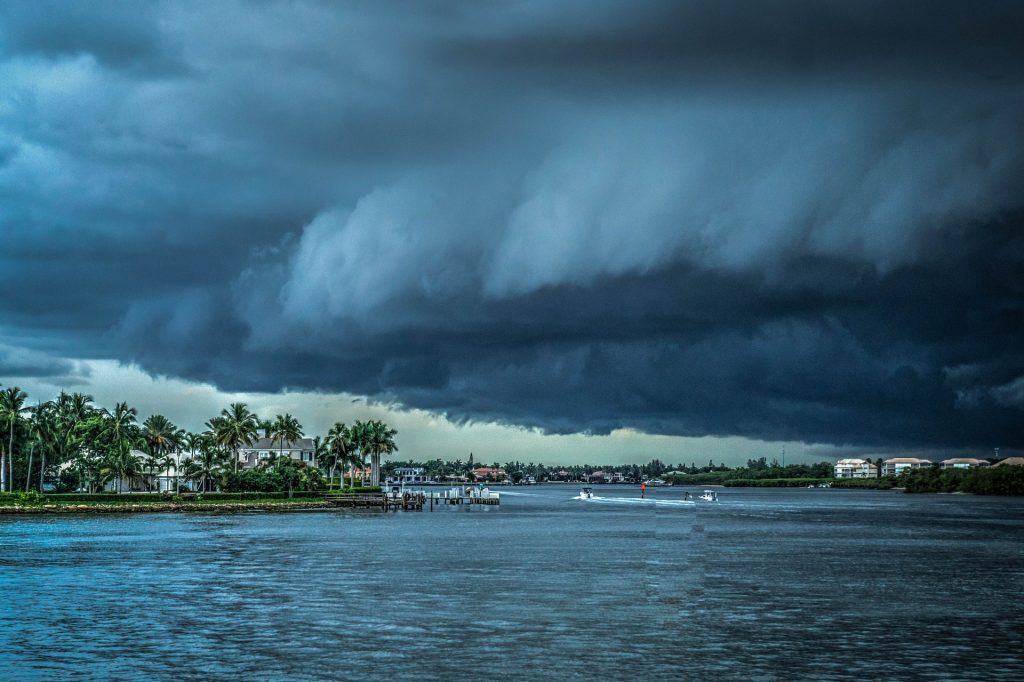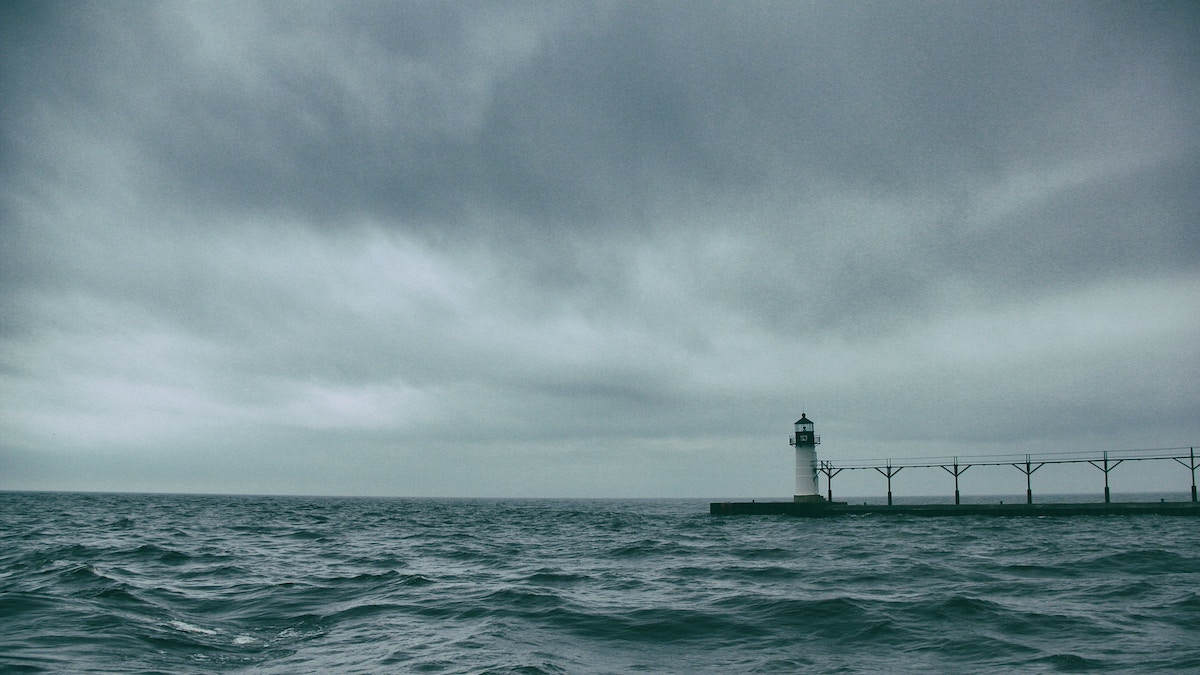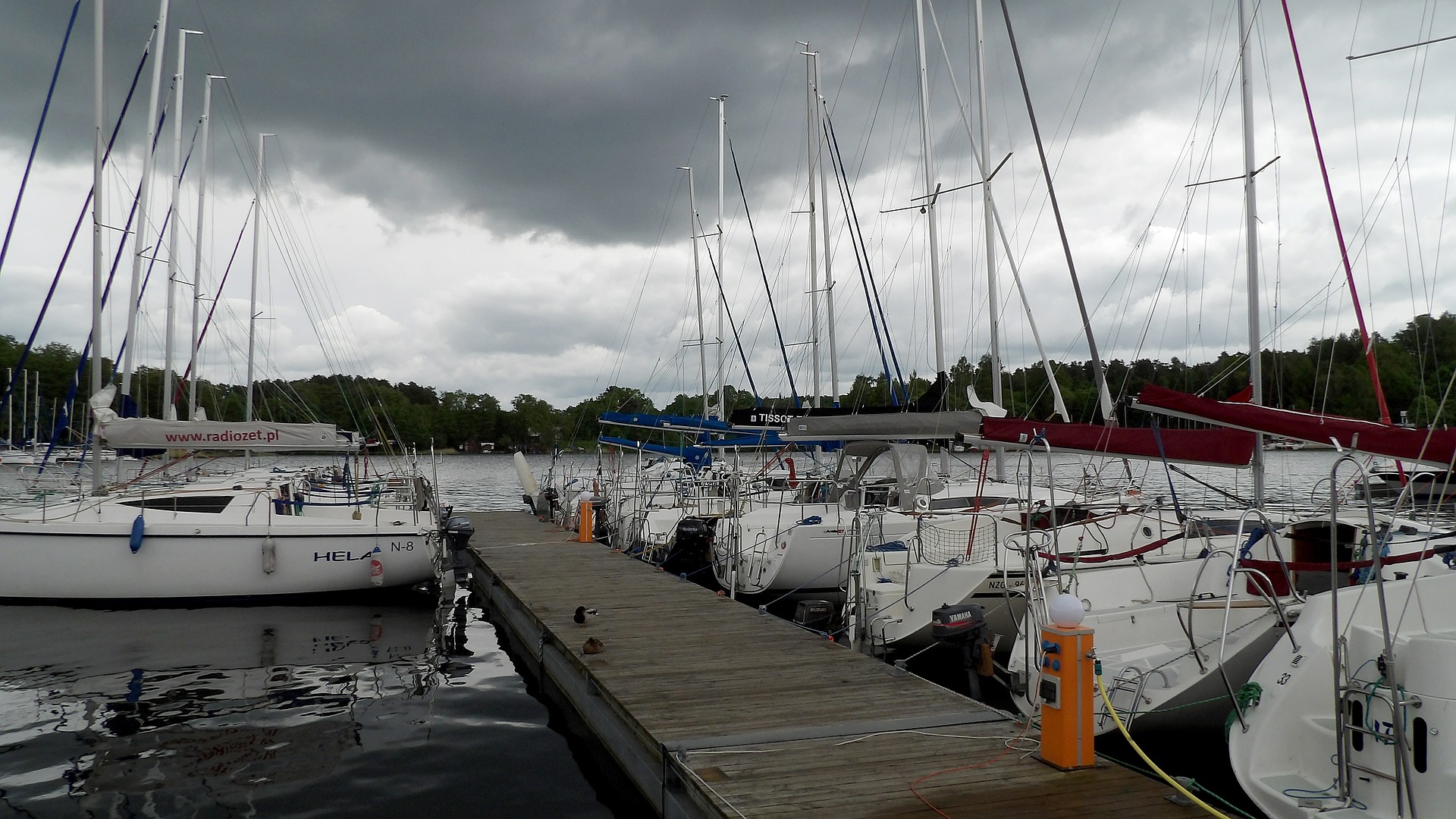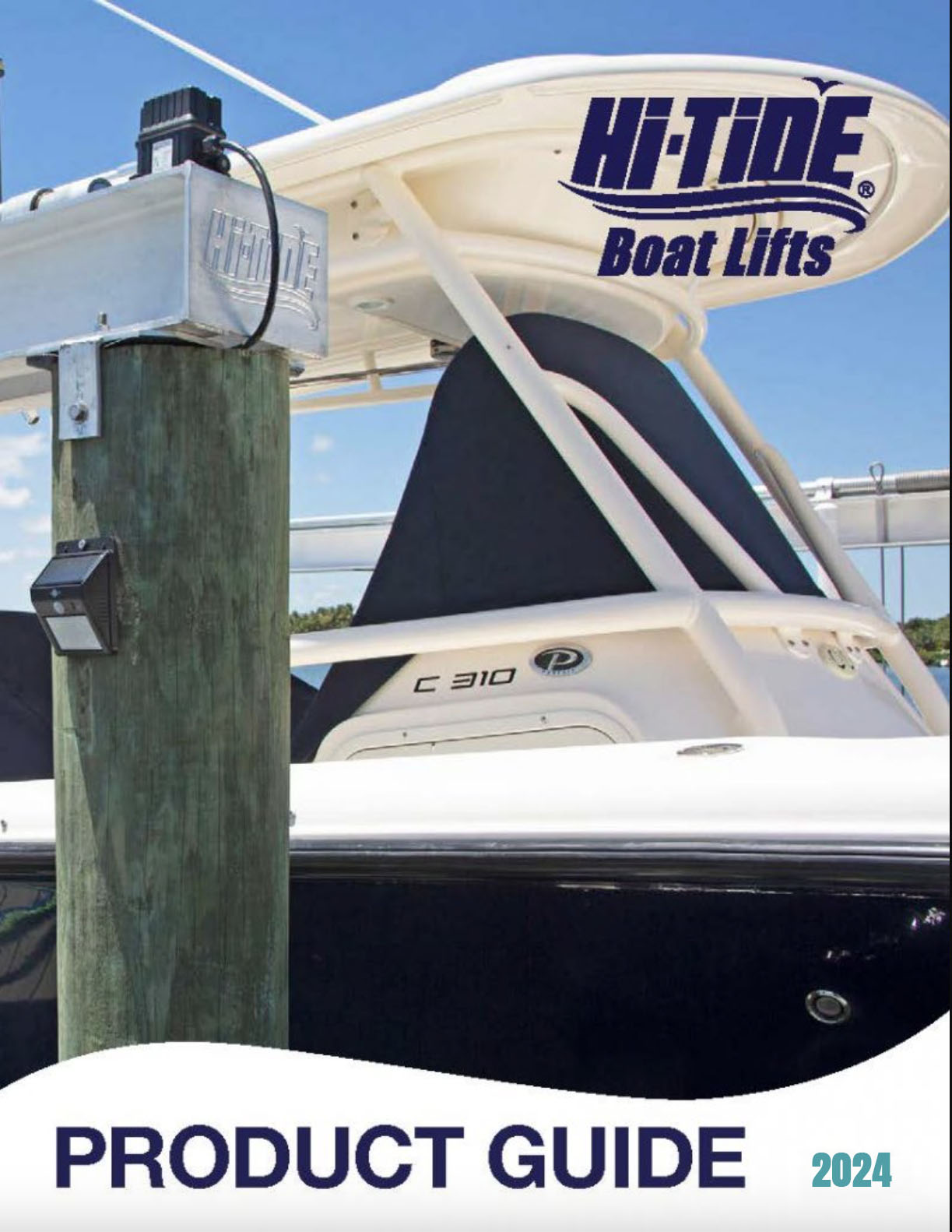Hurricane Preparation: Before, During & After

Hurricanes are large tropical cyclones with sustained winds that range anywhere between 74 to more than 157 mph, and are known as the most violent storms on Earth. These cyclones are composed of only two ingredients to create massive storms: heat and water. When hot air rises from the ocean’s surface, it leaves lower pressured air below it. The process of higher pressured air moving to lower pressured regions creates a circular motion that can produce swirls in the air. Once hot air is high enough in the atmosphere, it condenses and cools into clouds; and if these vortexes of air and clouds get large enough, it can cause a storm. This is your guide on how to protect your boat as well as yourself in situations like these BEFORE, DURING AND AFTER THE STORM. Because the most important plan is having a plan!
First, some facts to know.
- The Atlantic hurricane season runs from June 1st to November 30th each year. So, if you live in a coastal marine environment, it can be the most dangerous 6 months of the year.
- There are five categories of hurricanes. These storms are categorized by severeness. It is important to know what each level means for you as well as your home. :
Category 1: 74 to 95 mph
Category 2: 96 to 110 mph
Category 3: 111 to 129 mph
Category 4: 130 to 156 mph
Category 5: 157 mph and above
BEFORE
If there is enough notice, the best form of action is to get as far away as you can! In some instances, an evacuation posting will be made if the storm is not safe to hunker down in. If not deemed necessary or capable, we understand, and so the second option comes into play. To help with rain water build up, make sure gutters are clean of debris and are secured to the home. Reinforcing entries, garages and windows are also great preventers. It’s also a smart idea to have a hurricane safety kit somewhere in your home that holds anything you would need in the case of an emergency (flashlight, first aid kit, extra batteries, water, etc.)
Step One
When it comes to your boat, same as relocating yourself- the best option is to relocate your vessel. If the only option is to leave the vessel on its boat lift, the first step is to make sure that it is tightly secured. Any exposed loose items on board, like seat cushions and canvas, should be removed and stored in a secured area. They could potentially be lost or destroyed in the storm. Critical gear such as engines, generators, and electronics can be “bagged off” to protect from rain damage, but it’s not recommended to cover the battery because it may trap escaping gasses and cause an explosion hazard. The most critical preparation is to make a reliable draining system to prevent water accumulation in the vessel, which could overload the lift as well as drown the engine and battery. It is not uncommon for rainfall to exceed 12 inches! It is not wise to rely on bilge pumps for water evacuation since they can be rendered useless in a storm, therefore leaving your vessel vulnerable. They are only capable of pumping so fast considering they are meant for regular weather conditions. Search for the external drain plug, which is located in the lowest point of the vessel. Most boats should be equipped with this. Remove the plug so that gravity will drain water, but remember the water has to be able to flow freely. Check these escape routes to ensure they are clear of any and all debris.
Step Two
After you have secured all boat equipment and prepared for the rainfall, the next step is to secure the vessel with the lift system. All mechanical lift systems, pile-mounted lifts, elevators, and davits have maximum lifting height, which is the highest point you will be able to raise your boat out of the water. *If you do not know what that height is, please contact your manufacturer or your installing contractor for assistance in determining what that elevation is. You want to lift your boat above the estimated surge height if possible and secure it to an adjacent structure to prevent it from moving while on the lift system. Adding temporary bracings prevent the vessel from moving and are easily placed and removed. These bracings can be done with simple mooring lines, but if you would prefer using larger ratchet straps you may do so.
Once the vessel is secured, the ideal line position will be as far fore and aft as possible, 90˚ to the centerline of the boat and 45˚ down from the horizontal plane of the fastening point on the vessel. If the anchor points on the adjacent structures aren’t in the correct location, just get as close as you can with as many lines as you can. Once the lines are secured, raise the lift and boat to the maximum height to create additional tension in the lines. This process may take some experimentation with the ropes, knots and lift travel needed to get everything secured. During this process, be aware that the additional tension being added to the lines adds load to the lift. Make sure not to make power of the lift cause an induced overload situation. There is no guarantee that it will outlast storm winds, but at least you made your best attempt to secure. An important factor to look into is whether your boat has hurricane coverage on your insurance. Chances are if you live in a prone coastal marine environment, you have it – but double checking never hurts!
DURING
While the storm is taking place, hunker down and stay there. Remember that materials are replaceable, but YOU AREN’T!
AFTER
Examine the boat exterior for any damages that the storm could have caused (holes, missing or damaged parts, etc.). Make sure before lowering the boat back in the water, reinsert the drainage plug to not retake on flooding in the vessel. If there are noticeable damages, these are things to discuss with your insurance company. An amount of the damages or the total should be covered in your policy. That hurricane preparation you completed may come in handy when discussing your insurance settlement with your adjuster.
Remember that hurricanes are natural creations and there is no way of you preventing it. As long as you had a plan set, you have done the best you can. This hurricane season, make sure you have practiced ahead of time. You will feel like a pro in either scenario of relocating or securing.



